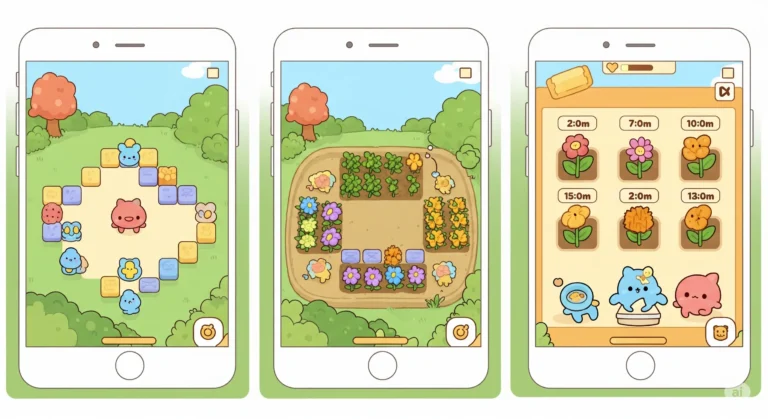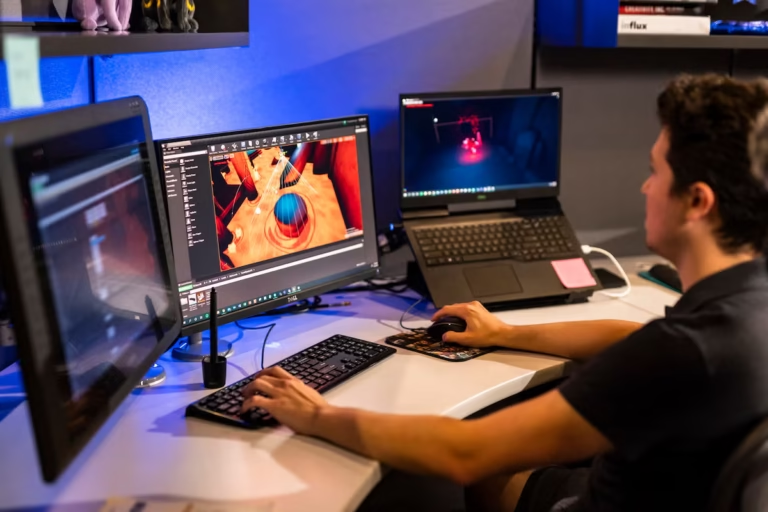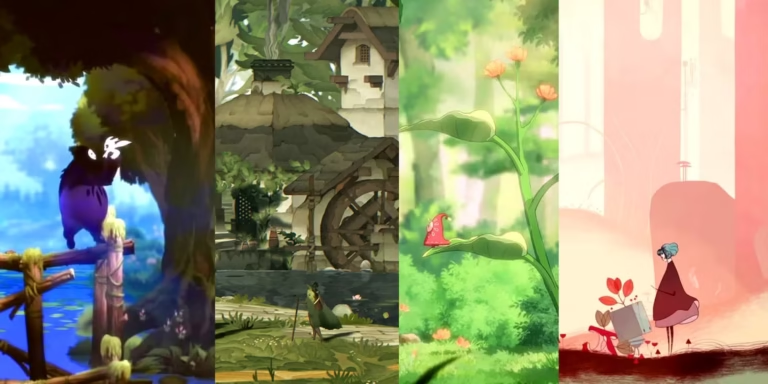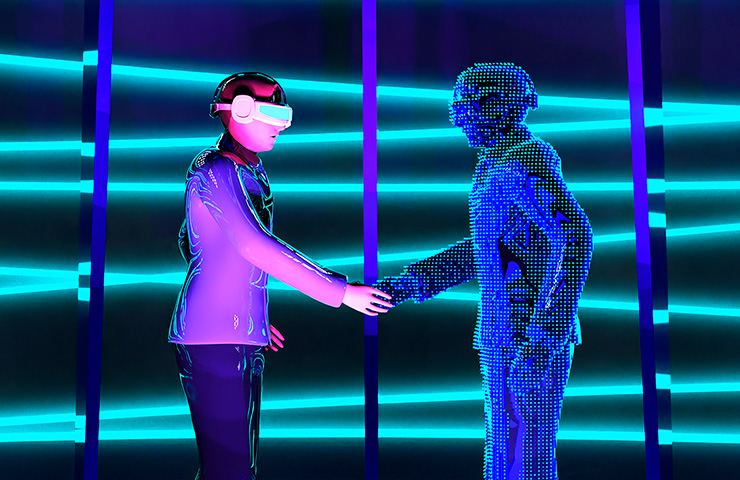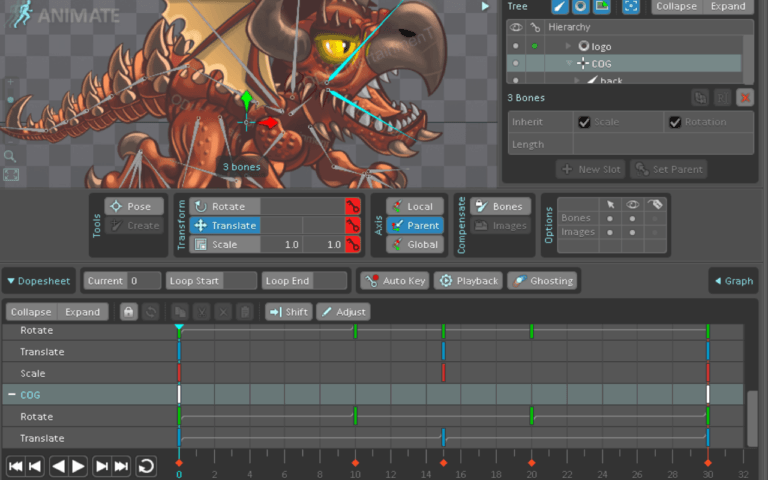Fantasy realism is an art style that combines elements of fantasy with realistic techniques and details. It portrays imaginative and fantastical scenes, creatures, and characters with lifelike accuracy, creating a believable yet otherworldly experience. In the hungry landscape of gaming, the art style of fantasy realism emerges as a captivating phenomenon. Fantasy realism refers to an art style that combines realistic rendering with fantasy themes and imagination.
In This article, we aim to navigate the intricate tapestry of fantasy realism, going back into its origins, historical evolution, techniques, and the profound impact it has on gameplay. Join us as we embark on a journey through the enchanting realms crafted by this mesmerizing art form.


Need Game Art Services?
Visit our Game Art Service page to see how we can help bring your ideas to life!
I- Origins and Historical Evolution
Fantasy realism’s roots reach back to late 19th and early 20th-century book illustrations, which brought to life imaginative creatures and scenes with meticulous real-world detail. Artists like Arthur Rackham, Ivan Bilibin, and Kay Nielsen established this blending of realism with the fantastical. Their influence carried into comics, film, and ultimately, games as computing power allowed more lifelike graphics.
In the 1990s, games like Ultima Underworld, Ocarina of Time, and Everquest adopted this emergent style for their fantasy settings. Raytraced lighting, detailed textures, and proportionate characters created immersion. Fully-rendered 3D worlds provided the canvas for fantasy realism to evolve. By mirroring the complexity and depth of reality, these games made their unreal worlds believable.
The genesis of fantasy realism in gaming is a tale woven at the crossroads of traditional fantasy art and the burgeoning demand for immersive digital experiences. Initially characterized by stylized and exaggerated visuals, the trajectory of this art form transformed with the evolution of technology. Influences from literature, mythology, and various game art styles became the foundation upon which game developers built worlds that seamlessly blended the magical with the tangible.
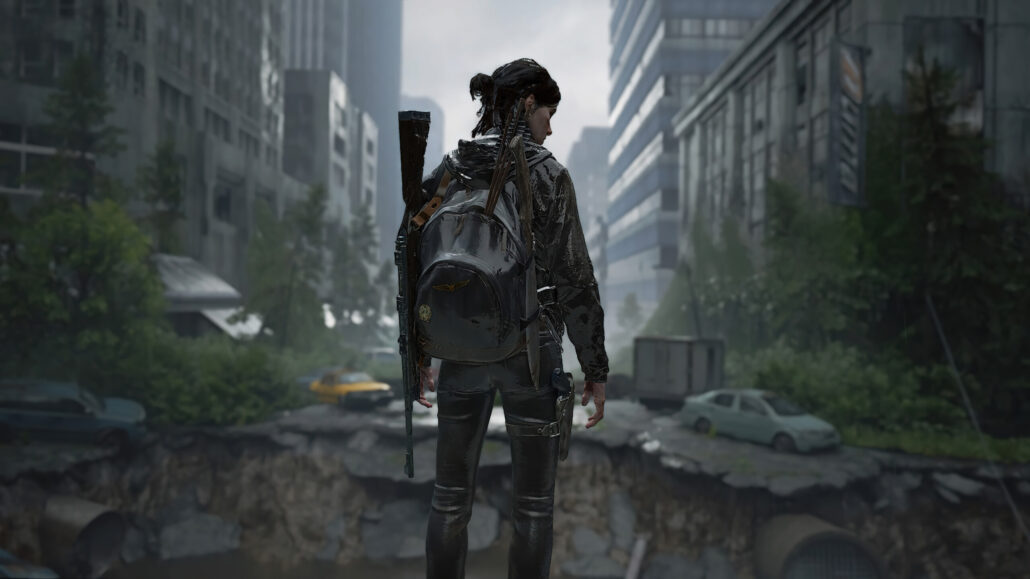
II- Techniques of Fantasy Realism in Games
What artistic techniques does fantasy realism employ to suspend disbelief? The style balances realistic lighting, perspective, proportions, and materials with imaginative themes. Physically-based rendering mimics how light bounces and illuminates real-world objects. Detailed texture mapping like weathering and wear add authenticity. Figures are stylized yet proportional, combining animal and human features seamlessly. Landscapes appear geographically plausible despite impossible structures.
These technical elements craft a sense of tangibility and believability. For example, in The Elder Scrolls V: Skyrim, the snowy peaks of the Nordic wilderness seem like a real arctic place despite towering ruins and hostile beasts. Familiar lighting and materials make the impossible geography integral to the fantasy world.
II-I- Digital Rendering
At the core of fantasy realism lies the magic of digital rendering. 3D rendering services bring virtual environments to life, with intricate textures replicating real-world surfaces and dynamic lighting and shadows, creating an immersive visual experience.
II-II- Character Design
Crafting characters that strike a delicate balance between the fantastical and realistic anatomy is a true art form. Characters become the emotional anchors of fantasy realism, demanding meticulous attention to facial expressions, body language, and emotions, fostering a profound connection with players.
II-III- World Building
Creating immersive and believable fantasy worlds requires a meticulous eye for detail. From sprawling landscapes mirroring real-world topographies to intricate architecture and carefully crafted natural elements, every aspect contributes to a cohesive and enchanting environment that captivates players.
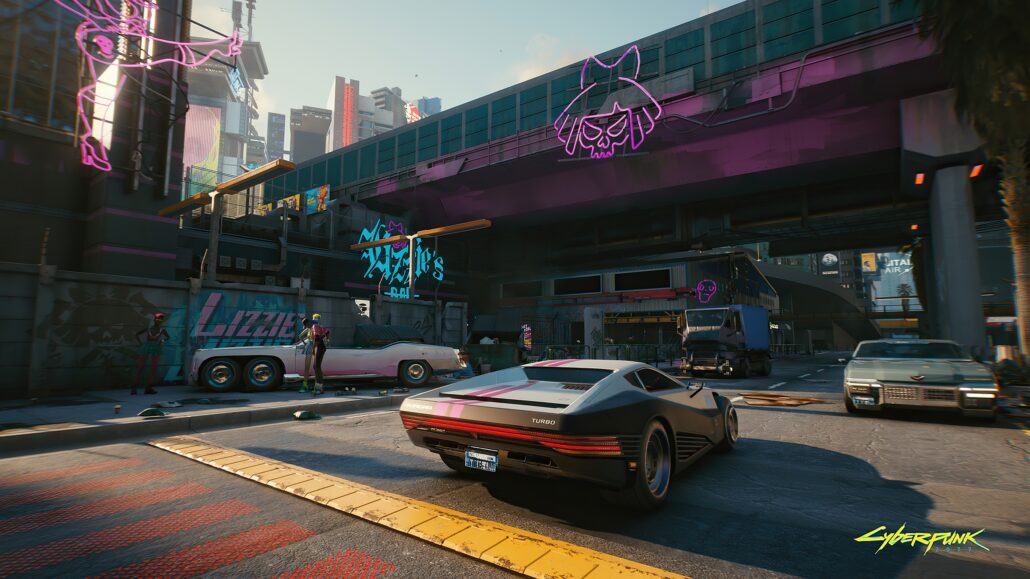
III- Why Fantasy Realism in Games?
So why do developers gravitate toward fantasy realism over pure stylization? Beyond technical capability, the style choice impacts storytelling and immersion. Gritty, mature narratives thrive on “magical realism” by keeping characters and emotions believable while amplifying imagination. Realistic behavior, damage, physics, and sound root players in the game world. The fanciful feels more integral, less contrived.
Fantasy realism serves as a conduit for enhanced player immersion, enabling a profound sense of believability within the game world. This heightened realism elevates the overall storytelling experience, allowing players to forge emotional connections with the characters and narrative.
Evolution of Technology: Advancements in graphics technology have been a catalyst for the growth of fantasy realism in gaming. Virtual reality, in particular, amplifies the impact of this art style by providing players with an immersive experience that transcends traditional gaming boundaries. The evolution of technology continues to unlock unprecedented levels of realism, promising even more enchanting virtual worlds in the future.
III-I Pros and Cons of Fantasy Realism in Games
A major pro of fantasy realism is increased immersion. Realistic lighting, textures, and physics ground players in fantastical game worlds. Creatures and environments become tangibly believable, allowing players to get lost in imagined settings. This added realism also enables more emotionally impactful storytelling. Gritty narratives come alive when characters are rendered realistically. Their struggles resonate strongly.
The realistic depiction also fosters empathy for non-human characters like elves or orcs. Seeing their familiar eyes, skin, and expressions mirrors connecting with actual people. Environmental storytelling thrives as well when realistically worn, cracked ruins and landscapes hint at rich backstories. Every speck of dirt tells a tale.
On the technical side, fantasy realism enables concept art to be translated faithfully into 3D assets without stylization compromises. This unifies art direction in game art production studio.
Challenges do exist. Hardware demands are high for advanced rendering and dense textures. Exaggerated proportions are restricted, limiting certain artistic possibilities. Environments and characters can develop clashing styles if the art direction is unclear. And imperfect realism risks plunging into the uncanny valley, breaking immersion.
Unique detail incorporation is also difficult compared to flexible stylized assets. Players ultimately still need to suspend disbelief about fantasy elements willingly. But fantasy realism’s visual rewards outweigh the extra effort. It brings imagination to life with a sense of tangibility and intimacy that resonates deeply.
While more hardware intensive, the style enables narratives and experiences not possible with pure stylization. Concept artists set the vision, while technical artists add intricacy and depth. When art direction is unified, fantasy realism grounds fantastical worlds with believability. The fusion compels players to step through the looking glass into richly immersive realms where the lines between reality and dreams blur intimately.
IV- Impact on Gameplay
Fantasy realism art direction can have a significant impact on game mechanics and dynamics by enhancing immersion and grounding players in imaginative yet believable worlds.
Realistic environmental designs with logical architecture and structural integrity lend themselves perfectly to traversal and navigation gameplay mechanics. As players move through caverns, buildings, and terrain, the believable materials, props, and spaces reinforce credible movement dynamics like taking cover, climbing ledges, and interacting with objects. Realistic wear and aging also implicitly guide these interactions while providing contextual gameplay narratives.
Equally important is lifelike dynamic lighting, which affects core mechanics like stealth and combat visibility ranges. Plausible shadows and spotlights add organic gameplay dynamics by reducing lines of sight. Similarly, atmospheric effects created through particle effects, volumetric lighting, and fog can alter encounter pacing and tactics in lived-in ways.
Fantasy realism also heightens the impact of combat and skill use. Photoreal creature designs make battles more visceral, while realistic animations and damage reactions add satisfying physicality to gameplay. Weapons and armor with practical wear make gear progression more meaningful.
Overall, unified art direction makes the incredible feel credible to players. Minimal visual inconsistencies allow for a deeper suspension of disbelief critical to highly immersive gameplay. Players feel embedded in fantastical realms where mechanics and narratives become intrinsically cohesive. Fantasy realism excels at erasing the dividing lines between players and imagination.
By leveraging photorealistic lighting, materials, and aesthetically unified assets, developers can craft gameplay experiences and mechanics that feel tangibly grounded in otherworldly realms. Player actions gain heft and meaning when reinforced by thoroughly credible and immersive environments. Fantasy realism art direction has the power to make the implausible feel impressively plausible.

V- Case Studies in Game Series
The Witcher 3: Wild Hunt: In the gritty world of The Witcher 3, character appearances are steeped in fantasy realism. The game intricately weaves realistic elements into its design, capturing cultural nuances and enriching the with depth.
Dark Souls Series: Known for its atmospheric fantasy realism with a dark tone, the Dark Souls series immerses players in a visually rich experience. The detailed armor and weapon designs contribute to the creation of a world that feels both real and fantastical.
Final Fantasy Series: Exploring the transformation from stylized fantasy to a more realistic approach in the Final Fantasy series offers a unique perspective on how artistic evolution impacts storytelling and player attachment to characters. Each installment in the series becomes a canvas for the evolution of the fantasy realism art style.
Conclusion
Fantasy realism has carved out a unique place in gaming as an art style that blends imagination with authenticity. As explored, its origins lie in traditional fantasy illustrations, which were brought to new levels of immersion by evolving technology. Detailed rendering, lighting, and physics ground fantastical elements intangibility. This benefits storytelling, gameplay mechanics, and player attachment.
Yet achieving cohesion demands significant technical and artistic efforts. When done well, fantasy realism erases the dividing lines between reality and dreams. It transports players to richly believable realms by leveraging illusory magic, digital tools, and unified creative vision. As technology progresses, so too will the scope of these imagined worlds. Fantasy realism has and will continue to captivate audiences by making the impossible feel impressively plausible.
